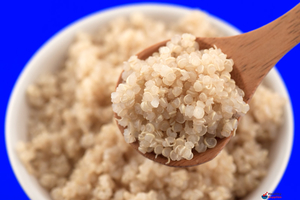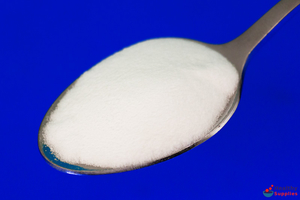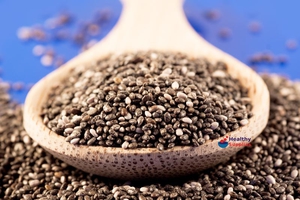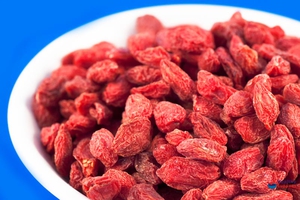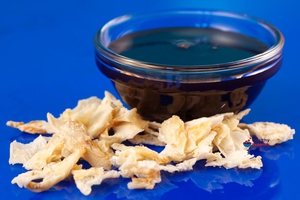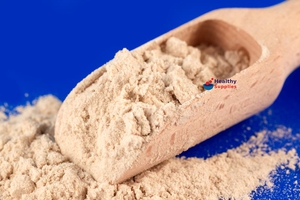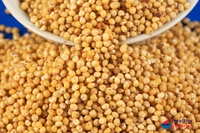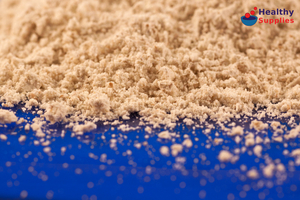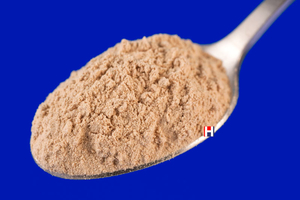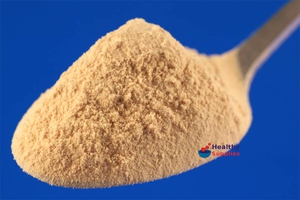10 ANCIENT FOODS THAT HAVE BEEN RE-DISCOVERED.
Modern society offers us an amazing range of foodstuffs, but most of the foods that are “new” to us are actually old-hat to people in other parts of the world. Here is a guide to some of these re-discovered foods….
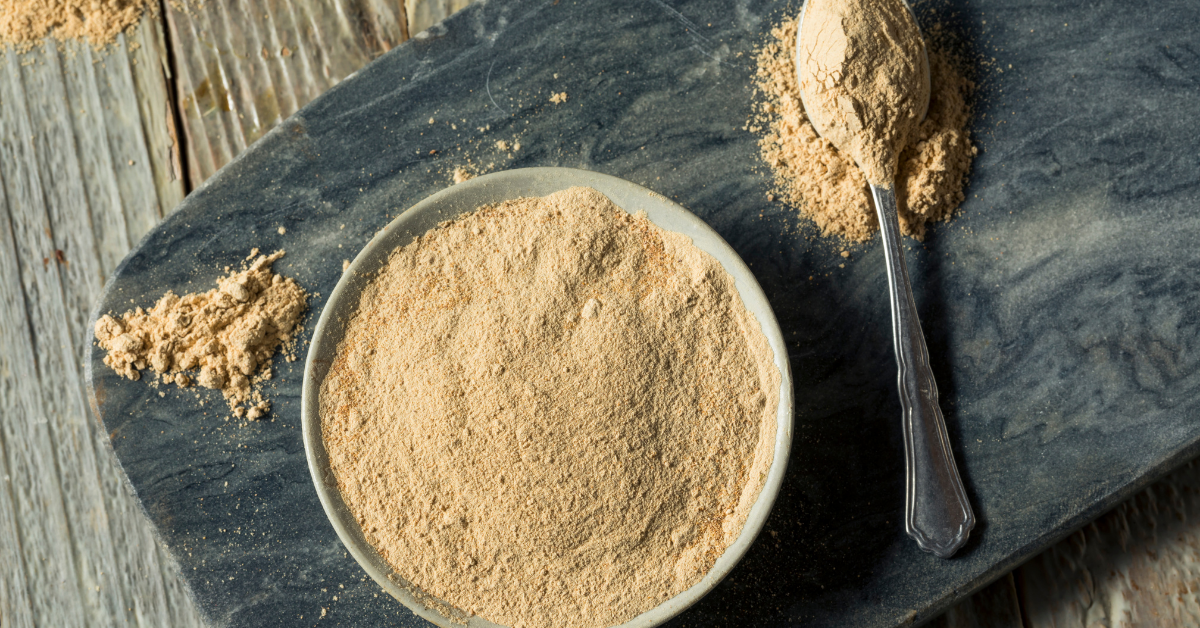
Quinoa was eaten by the Incas and other Andean cultures around 7,000 years ago, and was domesticated around 3,000 years ago. As quinoa is a mountainous crop, it was superseded by higher-yield crops such as potato, wheat and corn, and it ceased to be a staple crop.
Recently, the numerous nutritional benefits of quinoa were re-discovered by modern society. Quinoa has a low glycemic index compared to rice, and is also a complete source of protein, containing all eight essential amino acids. It’s also high in minerals and fibre.
Contrary to popular belief, eating quinoa is ethical, and beneficial to Bolivian people. Bolivian people had abandoned quinoa, eating only around 1kg of quinoa per head of population per year in the 1980s. Since its recent popularity in the West, exports of quinoa have brought wealth to Bolivian farmers who are unable to grow any other crops in mountainous regions.
Stevia is native to Paraguay, and has been in use for at least 1,500 years by local tribes as a sweetener for tea and medicinal drinks. It was used in simple leaf form, the leaves infused with the drink and then fished out afterwards, like cinnamon sticks.
The Japanese were the first civilisation to produce Stevia industrially, extracting the sweet glycosides from the leaf to produce a pure Stevia powder in the 1970s. 40% of Japanese sweeteners consumed are stevia-based. Stevia also gained popular use in the USA. Europe has been very bureaucratic, and only approved Stevia as a food in 2011 despite over a millenium of use without incident.
Stevia is a zero-calorie sweetener and can be used in tea, coffee, baking recipes and desserts.
Chia Seeds were cultivated by the Aztecs, where they were used as a staple food, in a manner similar to corn. They were used in drinks and to make porridge-like meals.
In modern times, they were mostly considered a curiosity and a novelty, until recently, when their health benefits were taken more seriously. The most notable benefit of chia seeds is that they expand upon soaking, making any meal instantly filling and hence slowing the digestion. They are therefore popular in weight-loss diets. Chia seeds are also high in minerals and B-vitamins.
Goji Berries are native to central Asia, and have been eaten by the Chinese for milennia. It has been cultivated for a long time – at least several hundred years – and were also used in Chinese traditional medicine.
Goji Berries were re-discovered at the end of the 20th century, where their health benefits were rationalised by science. As well as being a complete source of protein, goji berries are high in a range of vitamins and minerals, including vitamin C. As with all of these things, they are certainly not magic or a miracle food, but are a useful part of a nutritionally-balanced diet. Sprinkle goji berries into muesli mixes, trail mixes and desserts for an extra fruity nutritional boost.
Yacon is a sweet-potato-like root from Peru, and has been cultivated for centuries. It’s a relative newcomer to health food outlets in the UK, but has become very popular as a natural sweetener. Yacon has a very low glycemic index, being absorbed into the body more than 60 times more slowly than sugar. Thus, yacon does not give you a “sugar rush” and is therefore far better for diabetics or those on a calorie-controlled diet.
Yacon also has a naturally prebiotic effect – beneficial for gut health – and is also high in fibre, even in syrup form.
Teff grain is the seed of a grass native to Ethiopia. Teff has been used in Ethiopia to make flatbreads for around 8000 years; it is traditionally used to make injera, which is a flatbread slightly risen with yeast. It has been a staple crop in the region for millenia.
Teff has recently been re-discovered by the West, and is particularly popular as an alternative to wheat in making bread for gluten-free diets. Teff is also a source of protein and minerals.
Millet is indigenous to Asia and Africa, and has been eaten since humans existed. Millet is known as sorghum in India, and is used to make roti, which is similar to chapati. Millet has also been used extensively used in Africa, as it is particularly hardy in arid climates.
Western cultures have traditionally ignored millet, and it’s well-known as a bird feed. However, it’s an excellent alternative to wheat, and is gluten-free. Whole millet is becoming increasingly popular as an alternative to cous-cous, and millet flour can also be used in gluten-free bread.
Einkorn is an ancient form of wheat that initially existed in wild form, before being domesticated 10,000 years ago. Einkorn was found with the body of Otzi, the famous mummified man from the Alps who lived 3,000 years ago.
Modern wheat derives from Einkorn and its relatives. Einkorn has become popular due to its lower gluten content, and the fact that its gluten differs slightly from that within modern glutinous wheat.
Maca is a root vegetable from the Andes. It was traditionally used as a vegetable, as well as for medicinal purposes.
Maca was re-discovered several decades ago, and is used in powdered form and added to smoothies and hot drinks. Maca powder is rich in minerals, protein and is said to be good for hormonal health.
Lucuma is a fruit that grows across South America; it has been eaten for centuries, and has a hard-to-describe taste that’s sweet but starchy, a little like a cross between custard and sweet potato. It is popular as an ice-cream flavour in Peru and Chile.
Lucuma has become popular in powdered form in Britain, where it can be used to sweeten smoothies and hot chocolate.

